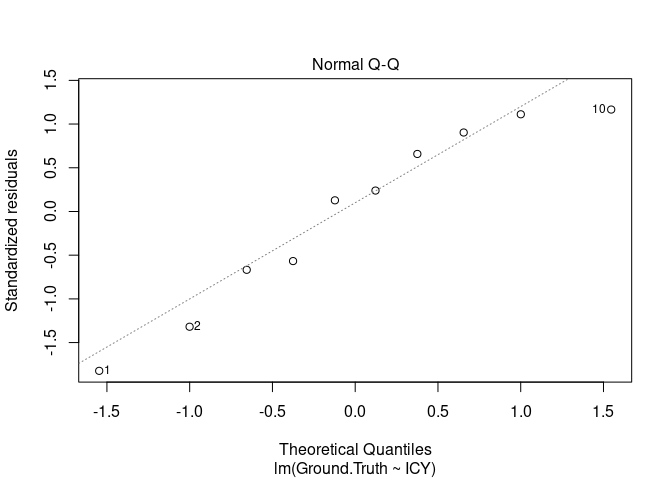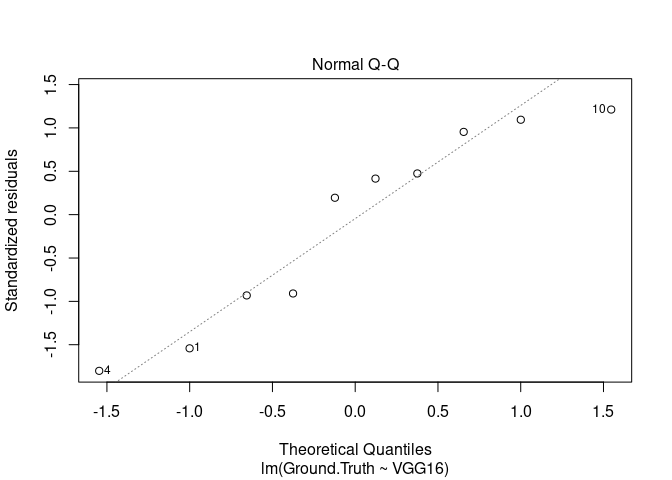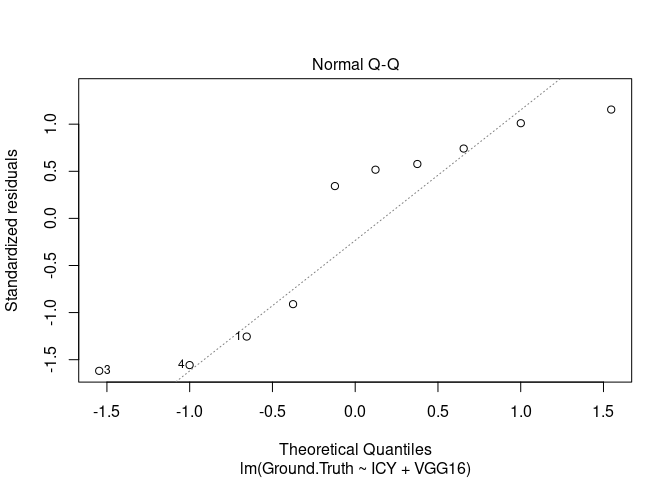I have two models that I am trying to compare side beside against the ground truth. Each model counts a number of objects in an image. I would like to visualize how each model is performing in terms of the number of objects in an image. I would like to cut the data into groups(0-100,100-200...etc) then understand how each model is predicting objects within each group which will represent the number of objects the model is trying to predict. Any idea how could i achieve this please/Many Thanks
data.frame(
Ground.Truth = c(75L,78L,83L,87L,
89L,90L,93L,93L,94L,95L),
ICY = c(75L,61L,66L,106L,
82L,85L,59L,88L,78L,70L),
VGG16 = c(79L,74L,117L,
160L,101L,118L,106L,128L,107L,
109L),
Image.Name = as.factor(c("images /2020-02-04_p1_Day0_Position023.png",
"images /2020-02-04_p3_Day0_Position026.png",
"images /2020-02-04_p3_Day0_Position015.png",
"images /2020-02-04_p3_Day0_Position083.png",
"images /2020-02-04_p1_Day0_Position077.png",
"images /2020-02-04_p1_Day0_Position026.png",
"images /2020-02-04_p1_Day0_Position050.png",
"images /2020-02-04_p1_Day0_Position074.png",
"images /2020-02-04_p1_Day0_Position082.png",
"images /2020-02-04_p3_Day0_Position078.png"))

